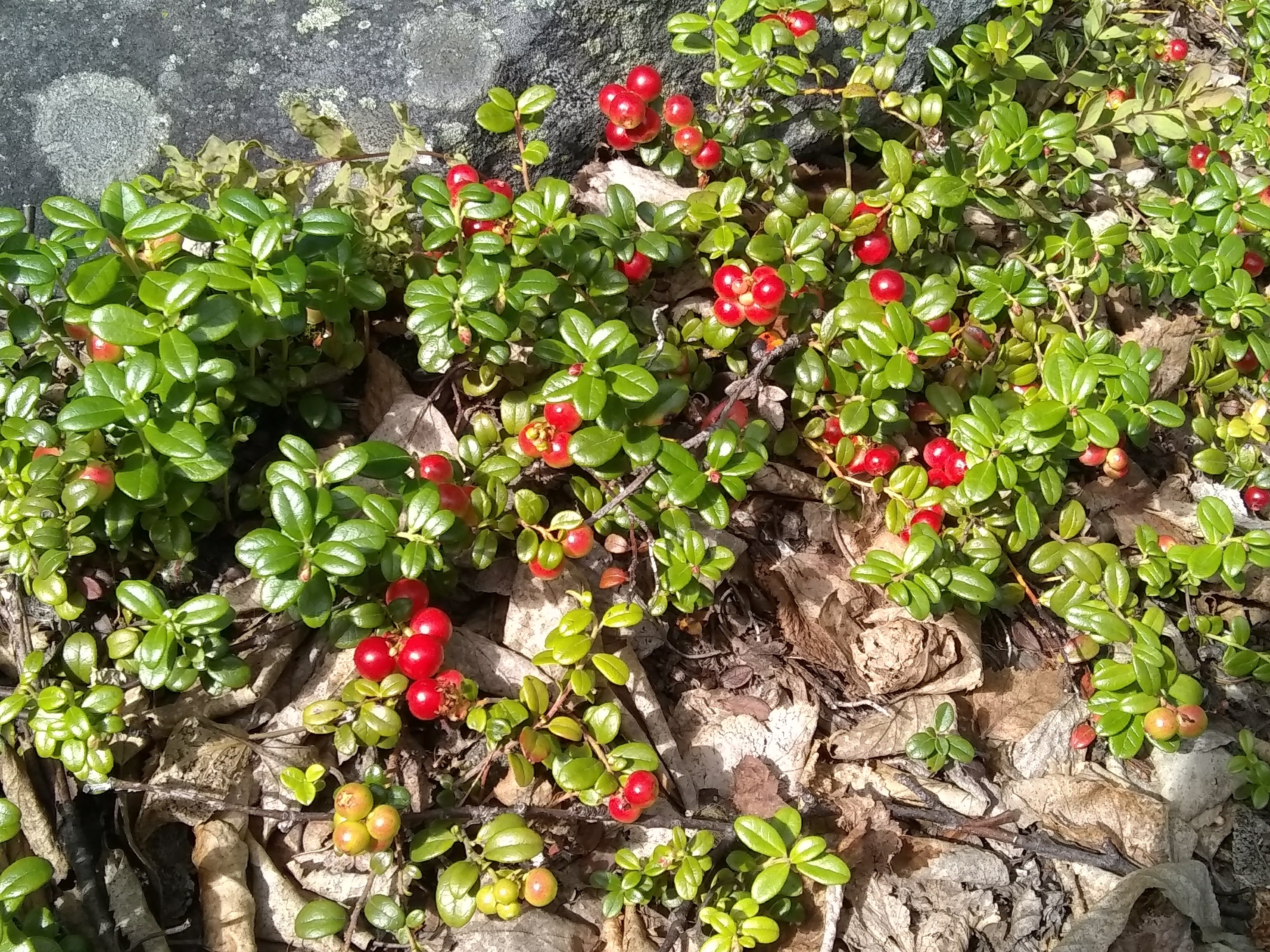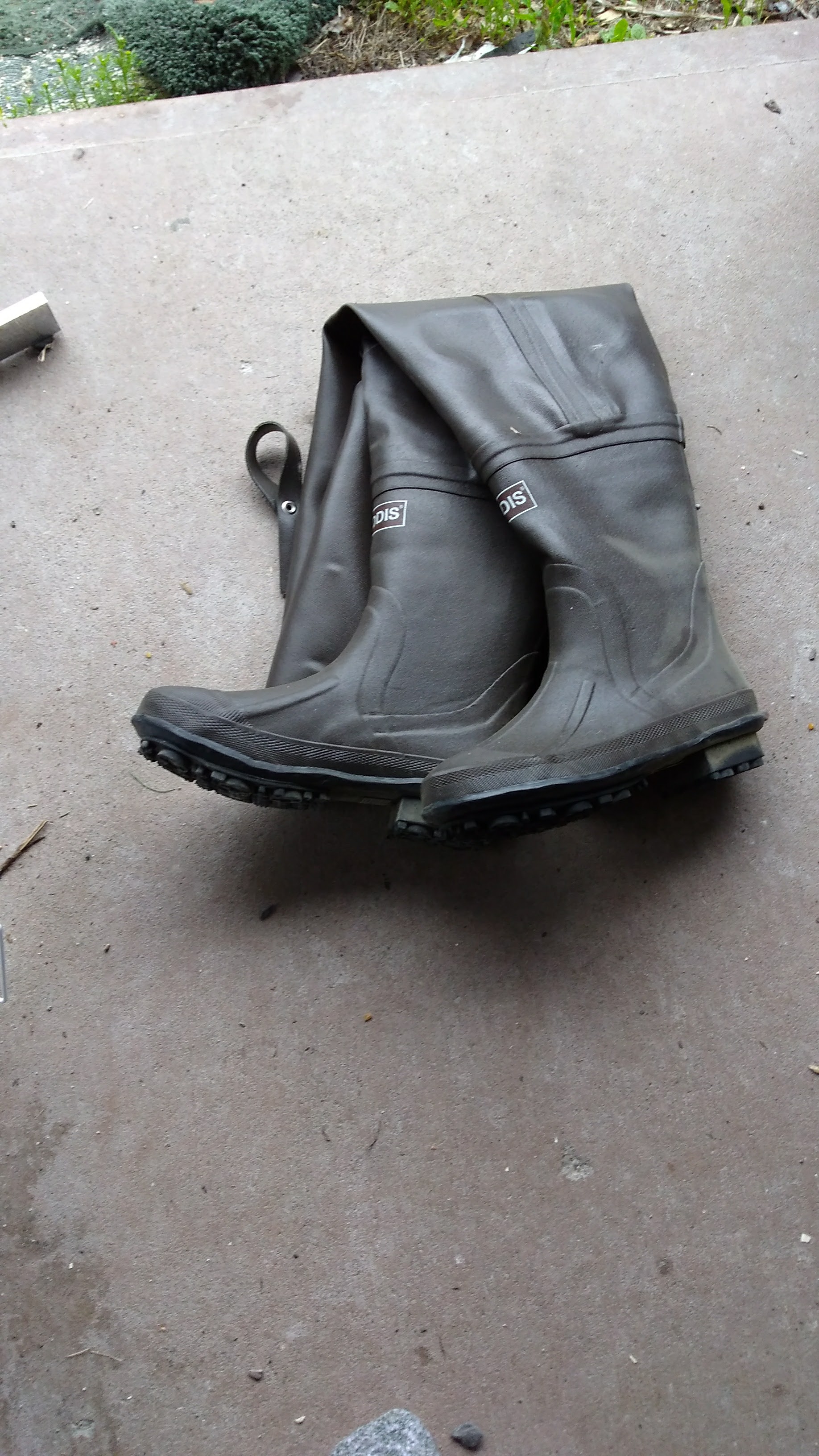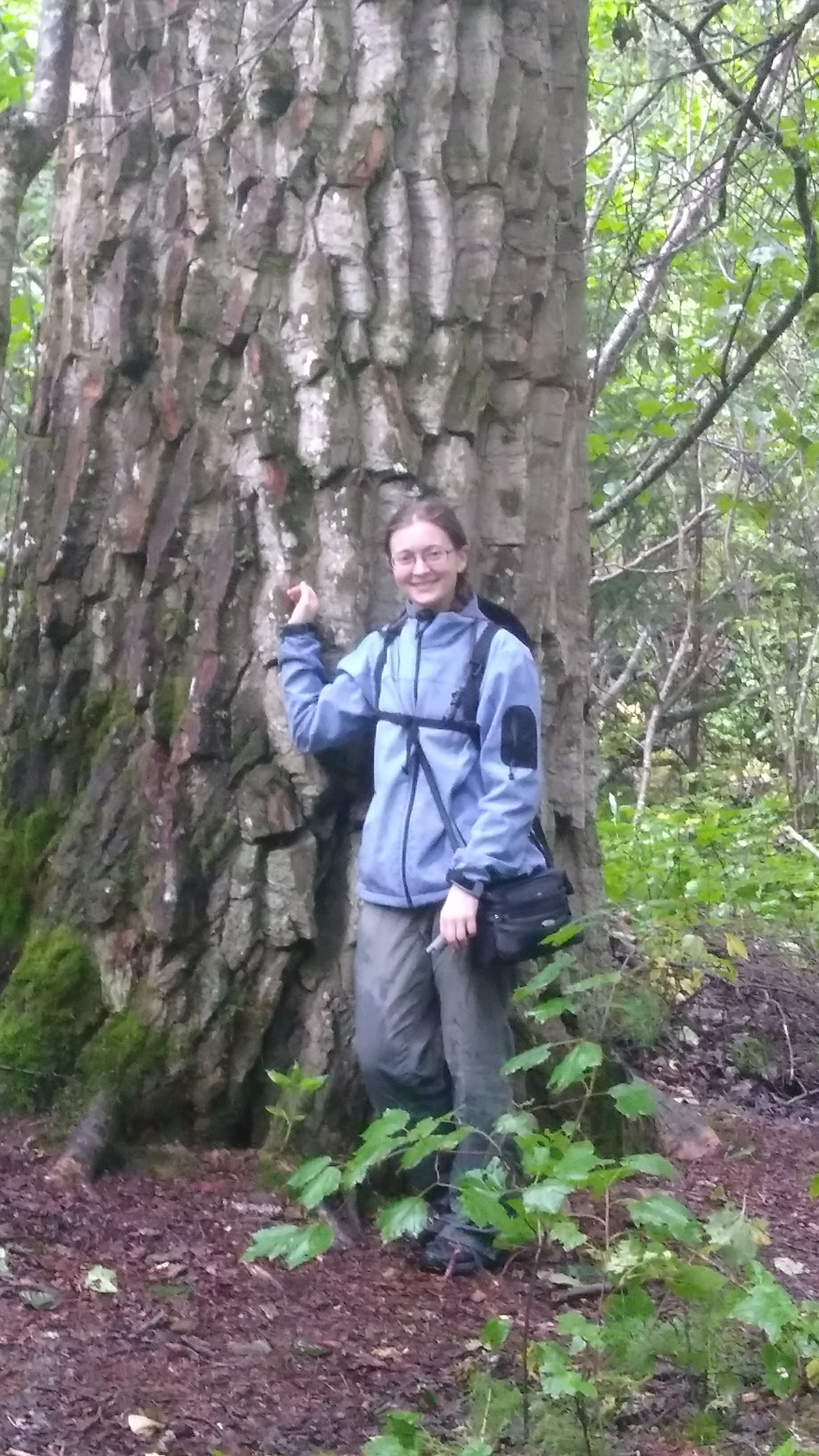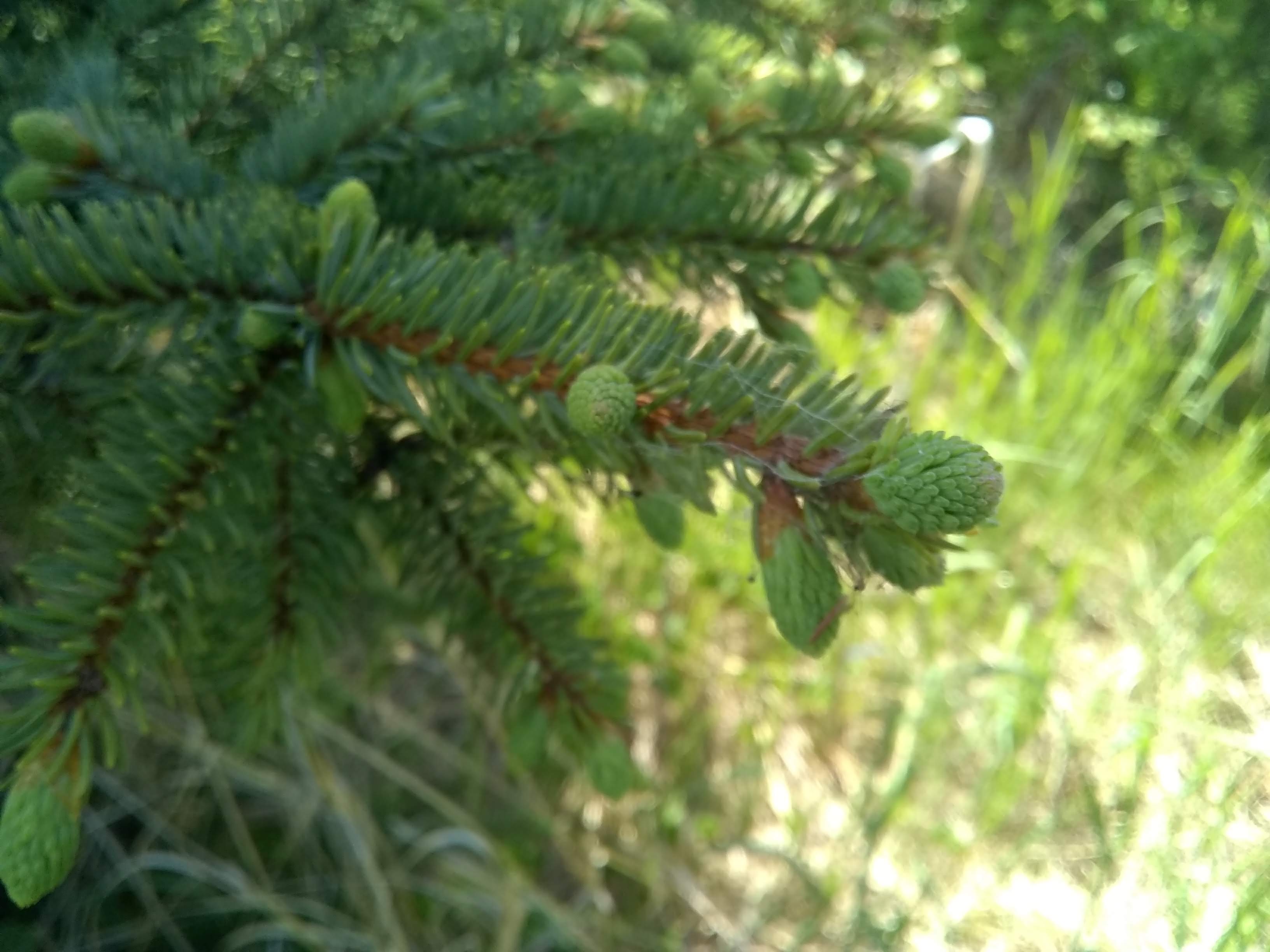Wow, that was quite the weekend with the earthquake! I hope that you are safe and there is minimal damage to your property. My thoughts go out to those who are not so fortunate.
Before I go on, I’d like to thank you for reading the blog and supporting Alaska Herbal Solutions. I put this information out there because I truly want people to live their best life and I believe that Alaska provides everything to do that.
Anyways…on to the main post about using Alaskan Plants to dye fabric and fiber with. Some of the colors listed here will change depending on what you use to prepare the fiber or cloth with as well as what part of the plant you use. Let’s get straight to it.
Reds Dyes

Cranberry (trailing) – red

Lingonberry – red

Highbush cranberries – red

Strawberry spinach – red
Yellow/Green Dyes

Willow bark – deep yellow to avocado green

Stinging Nettle – dark green to yellow

Coltsfoot – yellow-green to green
Jewelweed – yellow

Horsetail – yellow-green
Sulfur shelf – yellow

Goldenrod – golden

Plantain – gold to camel

Pixie cups – ash green

Sweet Gale – yellow to grey green
Blue/Green Dyes

Kinnikinick – grey to blue-green depending on part of plant and mordant

Blueberries – blue to red-purple
Brown/Black
Dog Tooth lichen – browns
Sea blite – black
Mixed dyes

Iris, petals = violet blue, rhizome = black

Alder bark, boiled – color varies

Elder, leaves = green, berries = crimson

Dock – rose beige to dark green depending on part used and mordant

Sorrel/Mountain Sorrel – rose beige to dark green depending on part used and mordant
Preparing cloth or yarn to dye with Alum Root
Some materials are hard to dye because the dye just doesn’t want to stick to the fibers. So a process called Mordanting needs to be done before hand. There are several different ways that include, for animal fibers, mordant with a slurry of aluminum potassium sulfate and for plant fibers use aluminum acetate followed by a wheat bran bath. However, you can use something that grows in Alaska: Alum Root!

What you need:
1/2 Cup of cleaned, chopped alum root
Pot
Heating Source
1 gallon of water
fabric or yarn to be dyed
Pre-Step: Wash your fabric or yarn to be dyed.
The Steps
Step 1: Place alum root, water, and fabric or yarn into the pot.
Step 2: Bring to a boil.
Step 3: Lower the heat and simmer for two hours.
Step 4: Remove from heat and let sit overnight.
Step 5: In the morning, take out of the water and rinse thoroughly.
Step 6: Your fabric or yarn is ready to dye!
That’s it for this week! Thanks again for reading. Let me know if there’s anything you want me to cover. See you next week.
~Feel better naturally, the Alaskan way~




